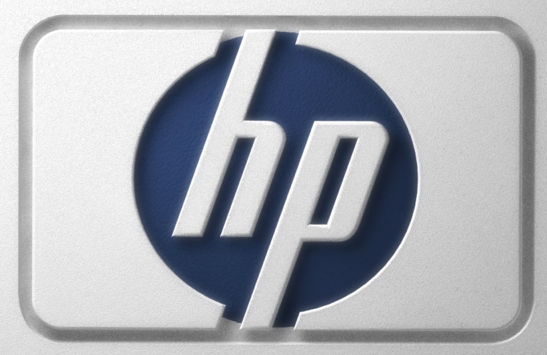 NEWS
NEWS
 NEWS
NEWS
 NEWS
NEWS
![]() Today HP announced a new line of ProLiant servers dubbed ProLiant Generation 8, or Gen8 for short. The new line bakes in automation and monitoring tools and comes equipped with a sensor array for optimizing energy use. The idea is to create a new line of idiot-proof servers that “virtually manage themselves.” HP is calling this “Integrated Lifecycle Automation.”
Today HP announced a new line of ProLiant servers dubbed ProLiant Generation 8, or Gen8 for short. The new line bakes in automation and monitoring tools and comes equipped with a sensor array for optimizing energy use. The idea is to create a new line of idiot-proof servers that “virtually manage themselves.” HP is calling this “Integrated Lifecycle Automation.”
The new line is the fruit of a two year, $300 million R&D effort codenamed Project Voyager, which according to HP has yielded more than 900 patent filings thus far. Project Voyager is the third part of a series of R&D projects from HP, beginning with its ARM-based server initiative Project Moonshot and continued with its Project Odyssey.
There’s been a big trend towards using cheap commodity servers, but HP is banking on the idea that it can provide enough value in the Gen8 line to reverse this trend. Cheap servers come with a cost of management overhead – HP cites IDC’s estimates that organizations will spend $157 billion on server management in 2012. HP is hoping to take advantage of that pain point with automation and management features such as:
Also, the Gen8 servers are all solid state ready and can support as many as 227 drives in a RAID array, readying them for the world of big data.
Wikibon analyst David Floyer describes this as an “incremental update” and cites the improved asset management, the ability to send magnitudes of data from systems and storage and the “idiot proofing” as the most significant advances.
I see the following challenges for HP:
1. Not everyone loves a one-stop shop, and the converged infrastructure model generally depends on IT being willing to invest its money on one provider. That said, I see no reason why the Gen8 servers couldn’t exist in a more mixed environment, but HP has been pushing the converged infrastructure line so I’m not sure we can expect this technology to be entirely standalone either.
2. Although HP is emphasizing the potential for cost savings, it should be noted that not every decision maker actually wants to cut costs too dramatically. IT managers have a vested interest in keeping and spending large budgets, and system administrators may feel threatened by some of the labor saving features.
3. And speaking of those labor saving features, those automation tools must work flawlessly, otherwise HP risks creating only more work for IT.
Overall though, if this technology works as expected, HP has presented a compelling offering that will appeal to almost any data center. HP’s been working this converged data center angle for a while now (going so far as to literally sell a data center in a box), and it’s shaping up nicely.
Gen8 should pose a significant threat to Oracle which has been selling its own line of Sun branded servers, but which lack the innovative features found here. It should also be a wake-up call for Cisco which has been doing well with its own line of servers, but also hasn’t been innovating. While Cisco was busy branching out into other markets like consumer, HP and other competitors were moving in on the network infrastructure market. Cisco could have been focused more on converged infrastructure and the rising needs of cloud data centers. HP is extremely strong here.
Gen8, along with its commitment to ARM via Project Moonshot and its recent commitment to the OpenFlow protocol, put HP on the right track to continued relevance in the changing IT landscape.
Support our mission to keep content open and free by engaging with theCUBE community. Join theCUBE’s Alumni Trust Network, where technology leaders connect, share intelligence and create opportunities.
Founded by tech visionaries John Furrier and Dave Vellante, SiliconANGLE Media has built a dynamic ecosystem of industry-leading digital media brands that reach 15+ million elite tech professionals. Our new proprietary theCUBE AI Video Cloud is breaking ground in audience interaction, leveraging theCUBEai.com neural network to help technology companies make data-driven decisions and stay at the forefront of industry conversations.